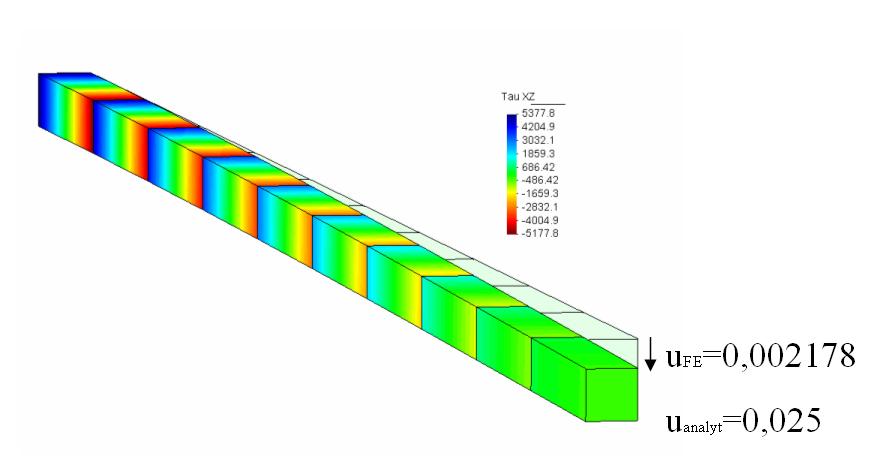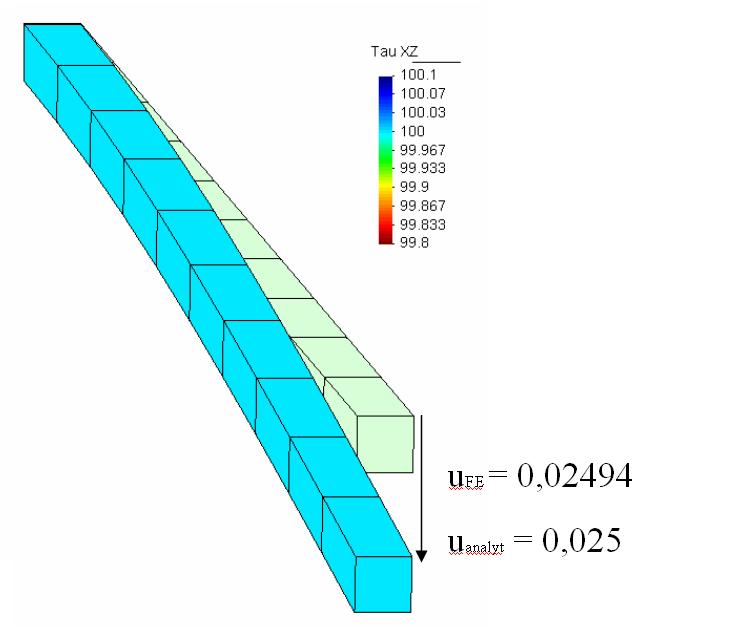Users:Structural Optimization/Design Variables/Nodal Thickness
(→General Description) |
(→Example of a Complete Input Block) |
||
| Line 42: | Line 42: | ||
=== Example of a Complete Input Block === | === Example of a Complete Input Block === | ||
| − | This design variable can be defined for one node of for a nodal set. | + | This design variable can be defined for one node of for a nodal set. It is good practice to add a bound to the thickness design variables to avoid unrealistic values. In general, it is obvious to choose an upper and lower limit. Since the thickness is a scalar design variable, only SCALAR_BOUND is appropriate. |
<pre> | <pre> | ||
Revision as of 12:34, 20 October 2010
Contents |
General Description
Short Info
With this design variable, the nodal thickness can be optimized. This is especially usefull in combination with SHELL8 elements since these elements can have a non-constant thickness based on the nodal thicknesses.
The thickness at each node can be initialized in the input file. Alternatively, the initial thickness is computed as the mean thickness of the surrounding elements.
Parameters in the Input File
| Compulsory Parameters | ||
| Parameter | Values, Default(*) | Description |
|---|---|---|
| TYPE | NODE ID, ND-SET ID | Linking to previously defined nodes or node sets |
| SUBTYPE | THICKNESS | To obtain the desired design variable |
| Optional Parameters | ||
| Parameter | Values, Default(*) | Description |
| BOUND | OPT-BOUND ID | Linking to a bound defined in BOUND block.
Remark: only SCALAR_BOUND is valid. |
Example of a Complete Input Block
This design variable can be defined for one node of for a nodal set. It is good practice to add a bound to the thickness design variables to avoid unrealistic values. In general, it is obvious to choose an upper and lower limit. Since the thickness is a scalar design variable, only SCALAR_BOUND is appropriate.
OPT-VAR 1 TYPE=NODE 100 SUBTYPE=THICKNESS BOUND=OPT-BOUND 1 TYPE=ND-SET 2 SUBTYPE=THICKNESS BOUND=OPT-BOUND 1
A complete test example
Model description
blabla mit bildern
Input File
bla
Documented Results
bla
Theory and Details
bla
References
| Whos here now: Members 0 Guests 0 Bots & Crawlers 1 |

